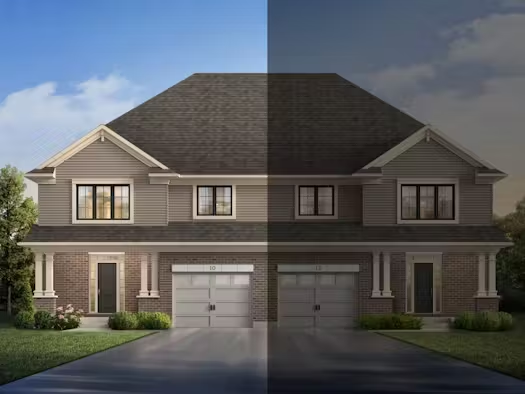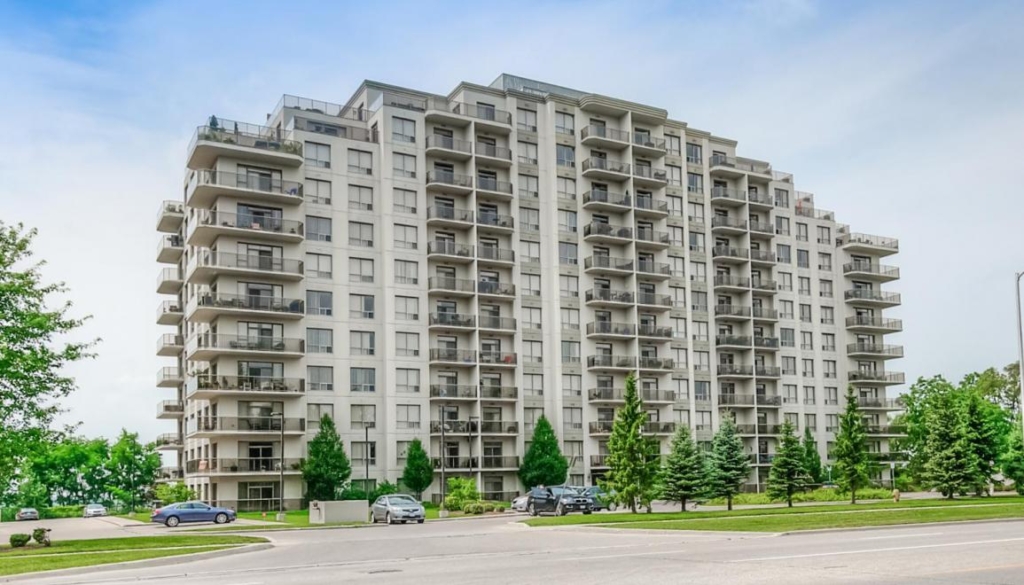When buying a home, it’s crucial to understand the various types of residential properties available. Each type offers unique features that can cater to different lifestyles, family sizes, and budget considerations. In Ontario, you’ll encounter a variety of property types, ranging from single-storey homes to multi-unit buildings. Here’s a guide to help you navigate these options.
1. Single-Storey (Bungalow)

A single-storey home, commonly known as a bungalow, has all the living spaces and bedrooms on one level. Bungalows are great for individuals who prefer to avoid stairs, making them ideal for retirees or those with mobility concerns. In Ontario, bungalows can vary from cozy cottages to more spacious homes with large basements.
Pros:
- Easier accessibility and mobility.
- Simpler maintenance and renovations.
- Potential for finished basement to double living space.
Cons:
- Can be more expensive per square foot compared to multi-storey homes.
- Limited privacy if built close to other homes.
2. Split-Level Homes (Side Split & Back Split)

Split-level homes are characterized by staggered floor levels. The main level typically houses the living, dining, and kitchen areas, while a few steps lead up to bedrooms and bathrooms.
- Side-Split: The levels are placed side by side.
- Back-Split: The upper and lower sections are stacked in the back half of the house.
Pros:
- Efficient use of space.
- Separation of living areas from sleeping areas.
- Often includes extra storage or living spaces below grade.
Cons:
- Multiple stairs can be challenging for some people.
- Layout may feel disjointed.
3. 1.5-Storey Homes

These homes feature a main floor with a full living space and an upper floor with limited square footage due to sloped ceilings. Often, the upper level includes one or two bedrooms, sometimes with dormer windows for added space.
Pros:
- Unique character and charm.
- Can offer more affordable options compared to full two-storey homes.
- Flexible living arrangements.
Cons:
- Limited headroom on the second floor.
- Heating and cooling can be less efficient due to the roofline.
4. Two-Storey Homes

The classic two-storey home has separate levels for living and sleeping spaces, with all bedrooms located on the upper floor. These homes are highly popular across Ontario for families who need more space.
Pros:
- Clear separation between living and sleeping areas.
- Typically more spacious, offering better privacy.
- Better utilization of yard space.
Cons:
- Stairs may be a concern for some buyers.
- Larger footprint means potentially higher maintenance costs.
5. Townhouses (Freehold, Condo, and Stacked)

Townhouses, also known as row houses or terraced houses, share walls with neighboring units but maintain individual ownership. Townhouses come in three main types:
- Freehold: The owner is responsible for the exterior and interior, with no condo fees.
- Condo Townhouse: Exterior maintenance is covered by a condo corporation, but monthly fees apply.
- Stacked Townhouse: Units are stacked vertically, with separate entrances for upper and lower units.
Pros:
- More affordable than detached homes.
- Low-maintenance options are available with condo townhouses.
- Often located in urban areas with easy access to amenities.
Cons:
- Less privacy due to shared walls.
- Smaller yard space or no yard at all.
- Condo fees may add to monthly expenses.
6. Semi-Detached Homes

A semi-detached home shares one wall with another unit, making it a middle-ground option between detached homes and townhouses. Each unit has its own deed, and both properties are typically mirror images of each other.
Pros:
- More affordable than detached homes.
- Greater privacy than townhouses.
- Suitable for small families.
Cons:
- Noise can transfer through shared walls.
- Exterior maintenance responsibilities.
7. Multi-Unit Properties (Duplex, Triplex, and Fourplex)

Multi-unit properties contain multiple self-contained units within a single building. They are great for investors looking to rent out units or for families who want to live together but maintain separate spaces.
Pros:
- Generates rental income.
- Allows for extended family living.
- Flexible living arrangements.
Cons:
- May require more maintenance.
- Tenant management can be challenging.
- Limited availability in some areas.
8. Apartments (Low-Rise, Mid-Rise, and High-Rise)

Apartment buildings are categorized by their height:
- Low-Rise: Usually up to three floors, providing a more community-oriented feel.
- Mid-Rise: Four to nine floors, offering a balance between space and accessibility.
- High-Rise: Over nine floors, often located in urban centers.
Pros:
- Low maintenance, as most repairs are covered by condo fees.
- Ideal for city living with access to amenities.
- Security features, such as concierge and gated entry.
Cons:
- Condo fees can be significant.
- Less outdoor space.
- Restrictions on renovations or modifications.
Conclusion
Understanding the different types of residential properties in Ontario can help you make an informed decision when buying a home. Whether you prefer the spaciousness of a two-storey home, the convenience of a condo apartment, or the investment potential of a multi-unit property, each option offers unique advantages and considerations.
If you need help choosing the right type of property for your needs, feel free to reach out. Together, we can find the perfect home that matches your lifestyle and budget in Ontario.







